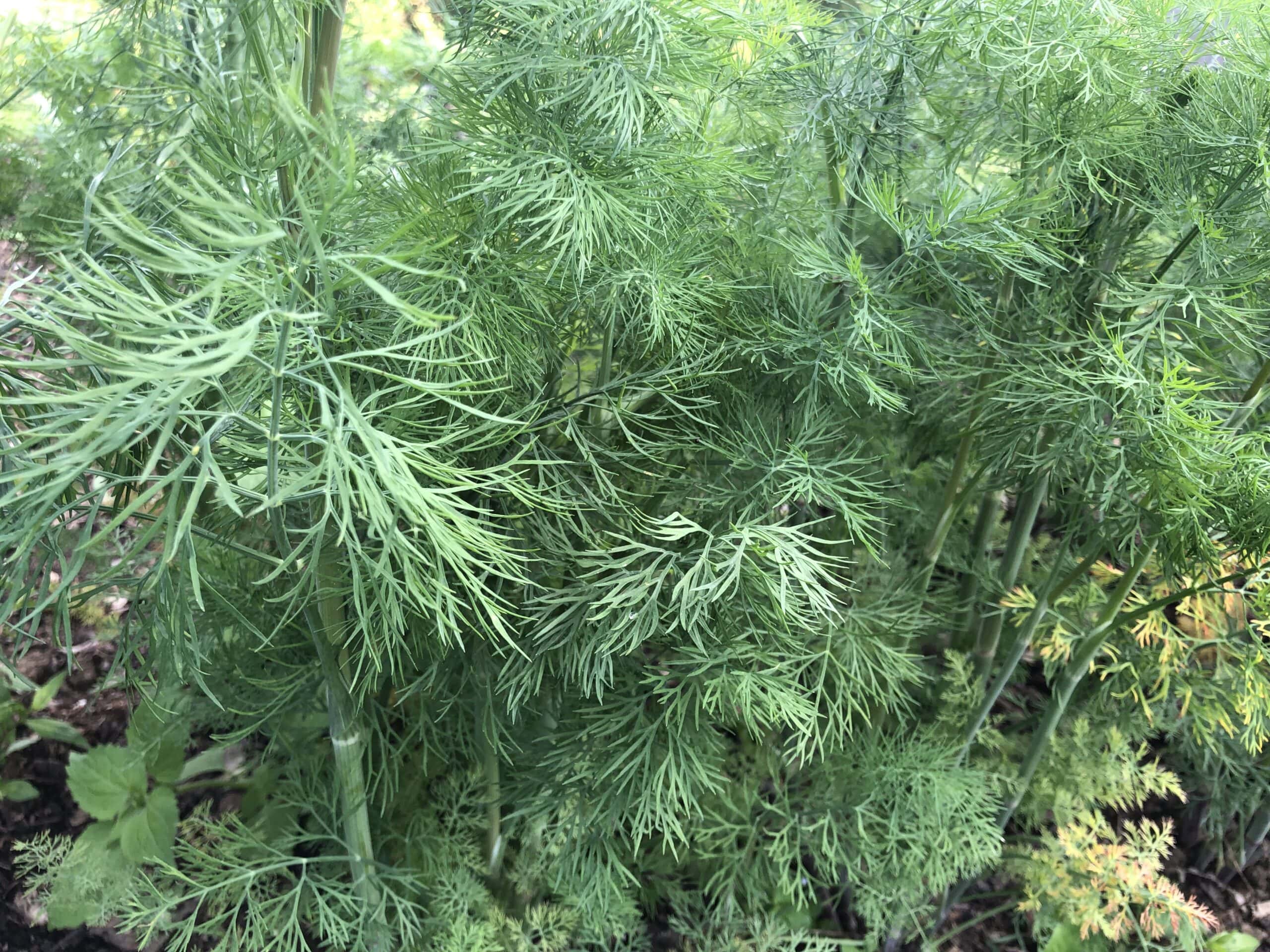This post may contain affiliate links. Probably doesn’t, but it might. It doesn’t cost you anything extra but if you use these links to buy something, we may earn a commission.
You could be aware of the advantages of our grandmother’s traditional home medicines if the origin of your is based in a rural place. These treatments, which range from chilblains to a common cold, could include herbal salves, tinctures, and lotions.
Because doctors were far and few between, families were bound to depend on natural cures cultivated and prepared at home, which is why these home treatment methods were so widely employed. For example, herbal salves were frequently used as remedies for rashes, to cure wounds, and also as cosmetics.
We still use herbal salves today because they are a gentle yet powerful approach to treating dry skin, scrapes, and itching rashes.
Table of Contents
What Are Herbal Salves?
Herbal salves should not be confused with lotions or creams. Both are really different. The blend of water and oil gives lotions and creams a thick and light texture. The combination of wax and oil, including beeswax or soy wax, in herbal salves, on the contrary, gives them a tendency toward a solid consistency.
Both times, an oil-herb combination was employed. What your final product is most useful for is typically determined by the herbs utilized. In this post, we will examine three distinct herbal salves with varied applications.
9 Herbs Used to Make Herbal Salves For Pain Relief
Capsaicin:
Capsaicin, which is included in chili powder and other spices like cayenne, can be used as a solution to relieve pain in the muscles and joints. Although it may seem unpleasant while it’s working, it eventually stops the neurotransmitters that sense pain.
Moreover, adding to its ability to relieve pain, capsaicin also has the ability to boost metabolism and lose calories, particularly abdominal fat, the existence of which serves as a significant health indicator. Capsaicin can reduce hunger and aid in slowing the buildup of fat in other areas of one’s body.

Cinnamon:
For everyone, even athletes and Type-2 diabetics, cinnamon provides wonderful health advantages. One research found that adding cinnamon to tea and fruit reduced sugar cravings while also lowering blood pressure and sugar levels in adults with T2d that was challenging to manage.
Moreover, cinnamon is a rich source of antioxidants, which protect cells from the harm done by the environment’s free radicals.
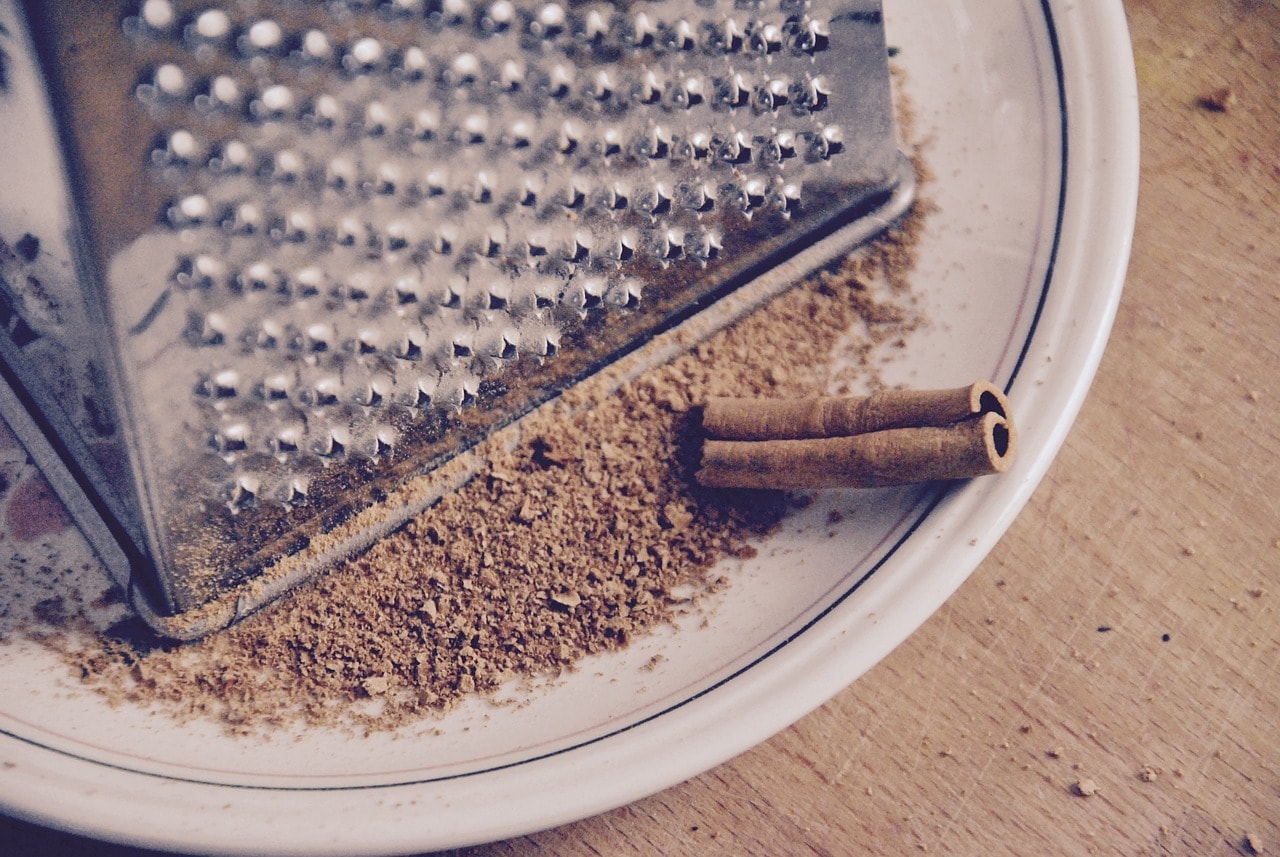
Cumin:
Another miracle spice is cumin, which also decreases blood sugar levels and uses antimicrobial characteristics to prevent stomach ulcers. It may also assist with rheumatoid arthritis-related inflammation.
Cumin is a common ingredient in foods across Mexico to Bangladesh, and recent studies have shown that it offers a number of additional health advantages.
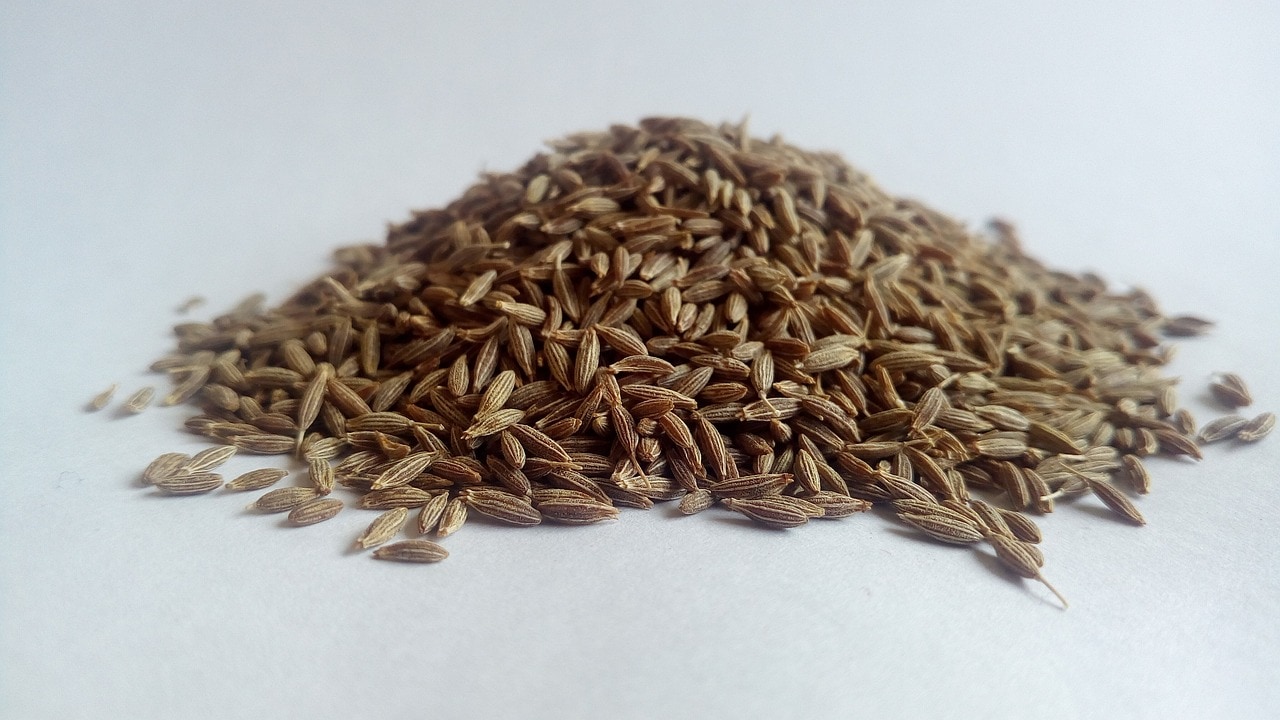
Garlic:
Garlic constitutes one of your pantry’s most potent spices. The anti-fungal, antiviral, and antibacterial properties of garlic have been employed, and it has also been connected to a healthy heart, lower cholesterol levels, as well as weight loss.
Garlic has been used to reduce the impact of carcinogens inside the body and is capable of being crushed and applied to a hurting tooth for momentary pain relief. more than simply a vampire warder!
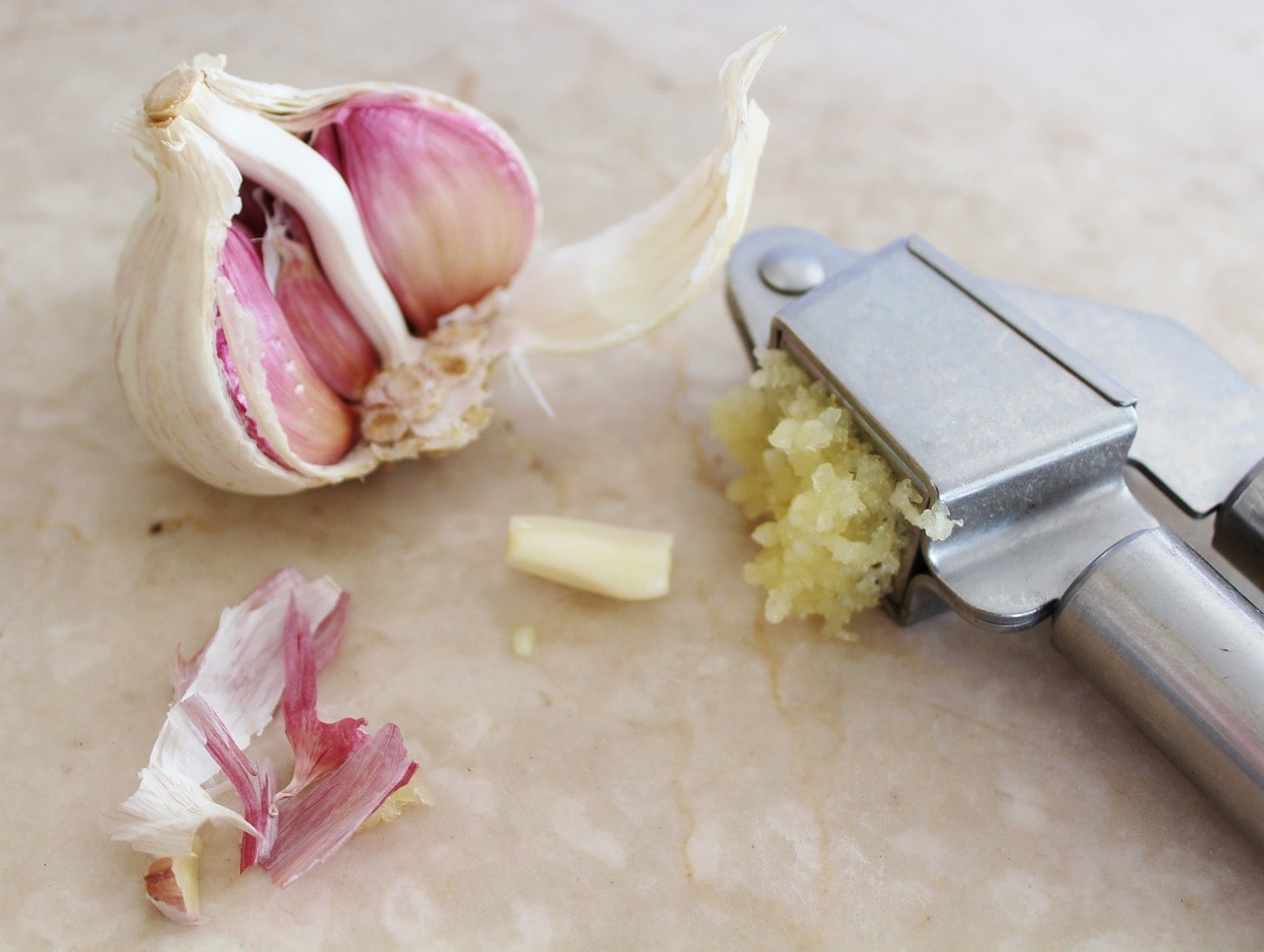
Ginger:
Ginger is an efficient organic pain reliever treating both joint and muscular pain, and it also works well for indigestion, nausea, motion sickness, and heartburn.
In some tests, it has even been demonstrated that it is better than Dramamine in decreasing motion sickness. Because of this, ginger could be a viable alternative for people who take painkillers that make them queasy. In addition, ginger contains anti-inflammatory qualities that help it reduce pain. You may consume ginger in the form of tea, add it to meals, or take it as a supplement.
In addition to being a soothing spice, ginger also aids in circulation improvement, relieves chest congestion and coughs, and has general anti-inflammatory qualities.
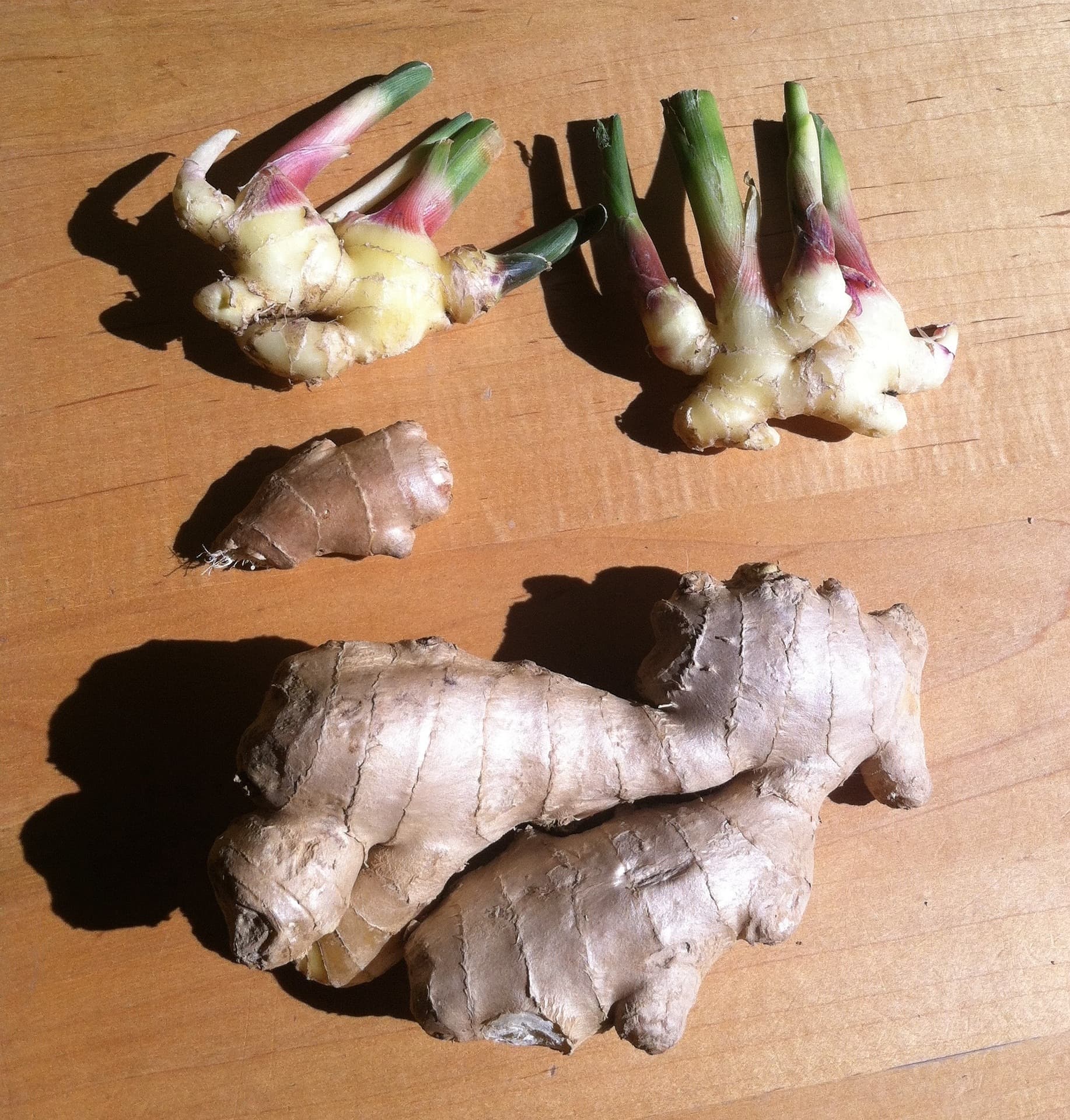
Oregano:
Concerned about recent advisories on food-borne diseases, including listeria, salmonella, and E. coli? Add a lot of oregano to your pizza! Thymol and carvacrol, two phytochemicals in oregano, function as potent antimicrobials that can aid in the destruction of germs that cause mental illnesses.
It also contains four times as many antioxidants as blueberries. Fresh oregano can be used, and some organic mouthwashes also include oregano oil.
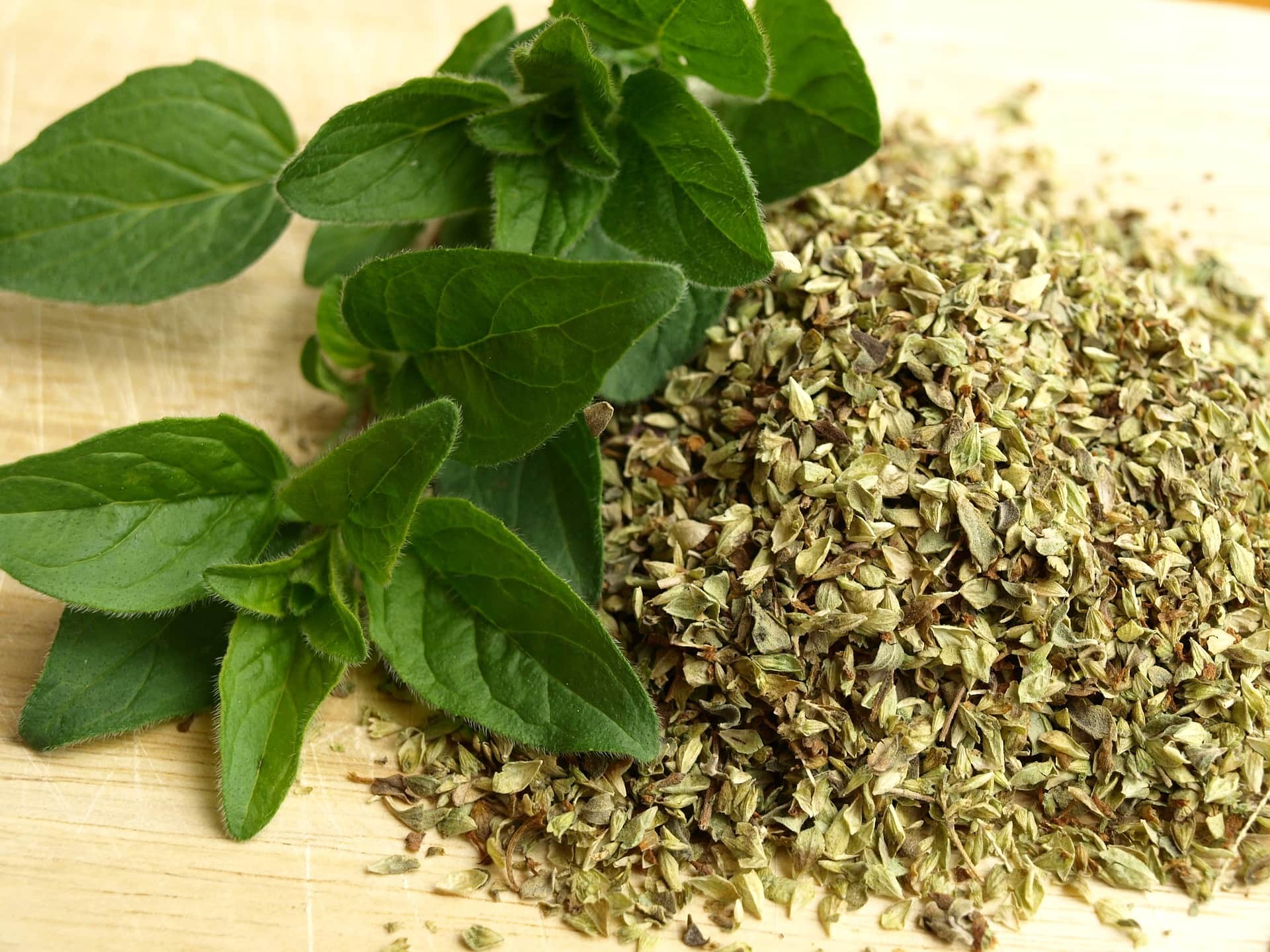
Rosemary:
Rosemary is a fantastic way to get vitamin E and a strong anti-inflammatory. Also, because it aids in lowering the impact of histamines, a chemical that constricts the airway, rosemary is used to treat asthma.
Regular rosemary use helps to remove toxins from the body and enhances kidney and liver function. However, using this plant calls for some caution. Pregnant women have always been advised to stay away from big amounts of rosemary since some individuals have reported adverse responses to the potent oils.
Consult your doctor as a caution before consuming rosemary or ingesting it in large amounts as a supplement or an oil.
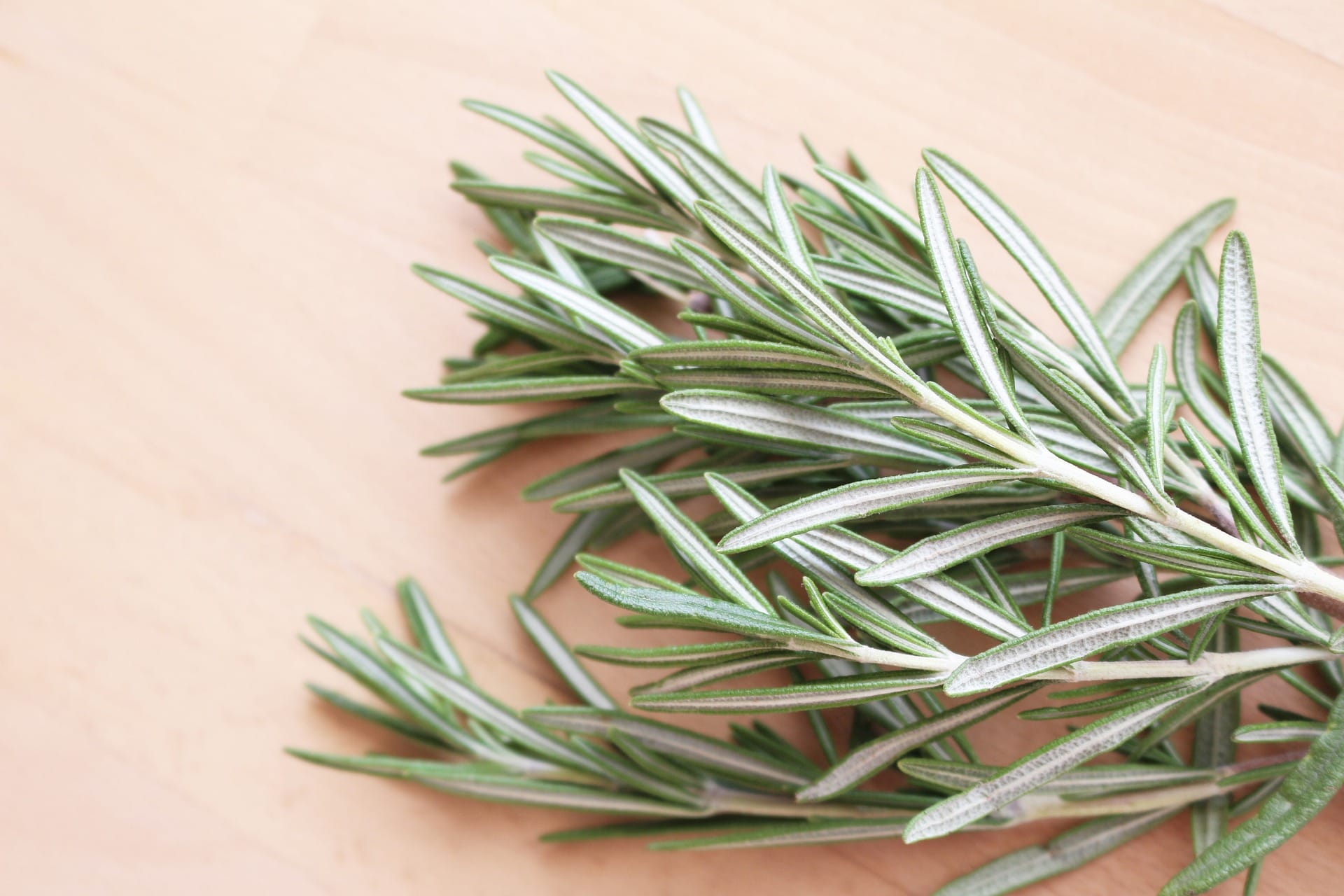
Thyme:
Thymol, a combustible oil found in thyme, is effective in treating chest congestion, coughing, bronchitis, and other respiratory conditions.
Thyme is recommended by aromatherapists as a mood-enhancing perfume, and research has shown that rinsing vegetables and fruits in a mixture containing thyme oil at just 1% reduces shigella bacteria under measurable levels.
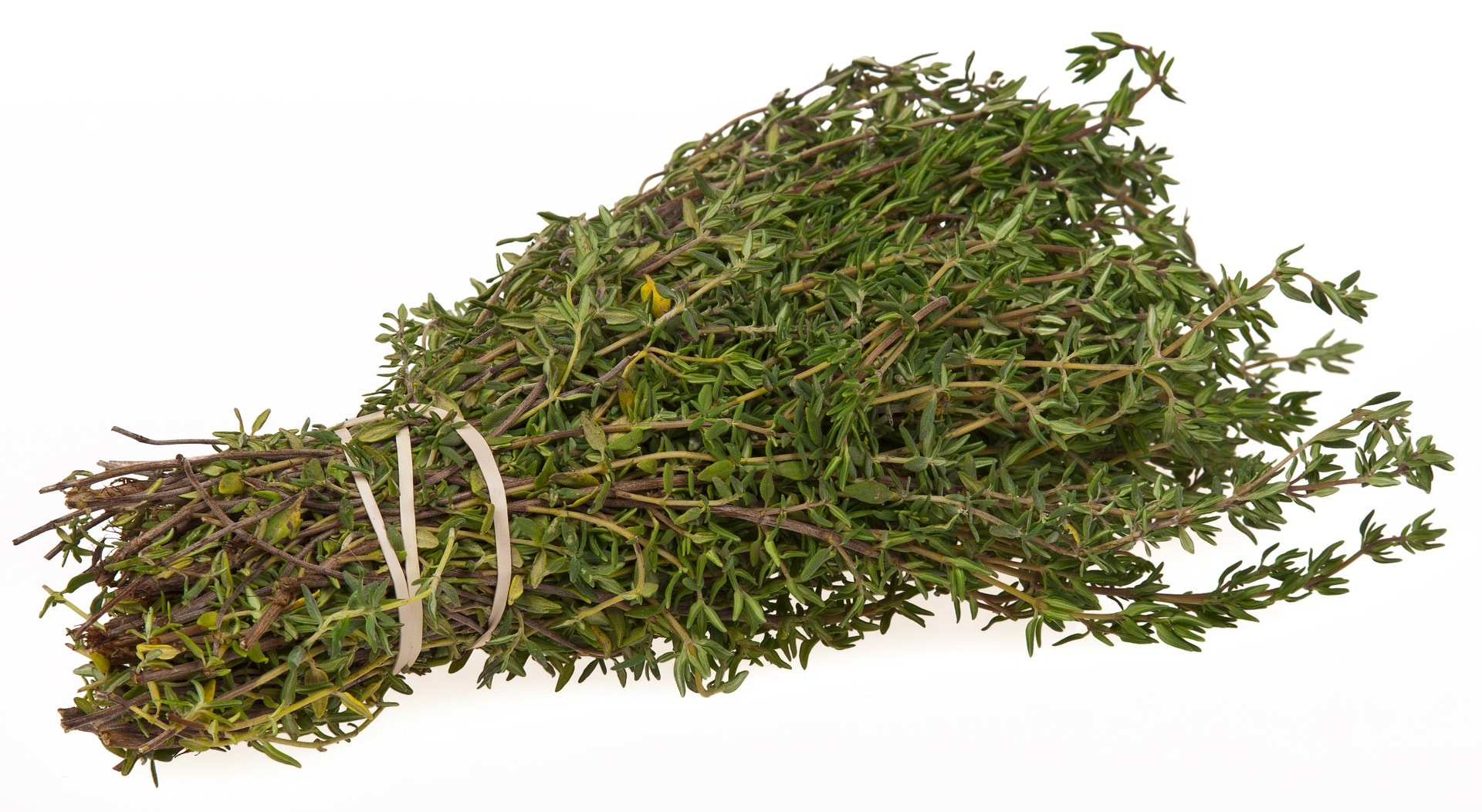
Turmeric:
Without turmeric, a collection of plants for pain would be incomplete. This yellow spice from India is frequently used in curries, but new studies have shown that it may help treat joint injuries or arthritis.
One of the most potent spices is turmeric. Strong evidence suggests that spice curcumin contributes to the efficacy of chemotherapy, mostly in the treatment of cancer. Even neck and head malignancies seem to be resistant to the growth of turmeric, according to research.
It comes out that this spice’s anti-inflammatory qualities may really be caused by the pigment. Turmeric is among the most delectable pain relievers available since eating it is the greatest way to experience its therapeutic properties.
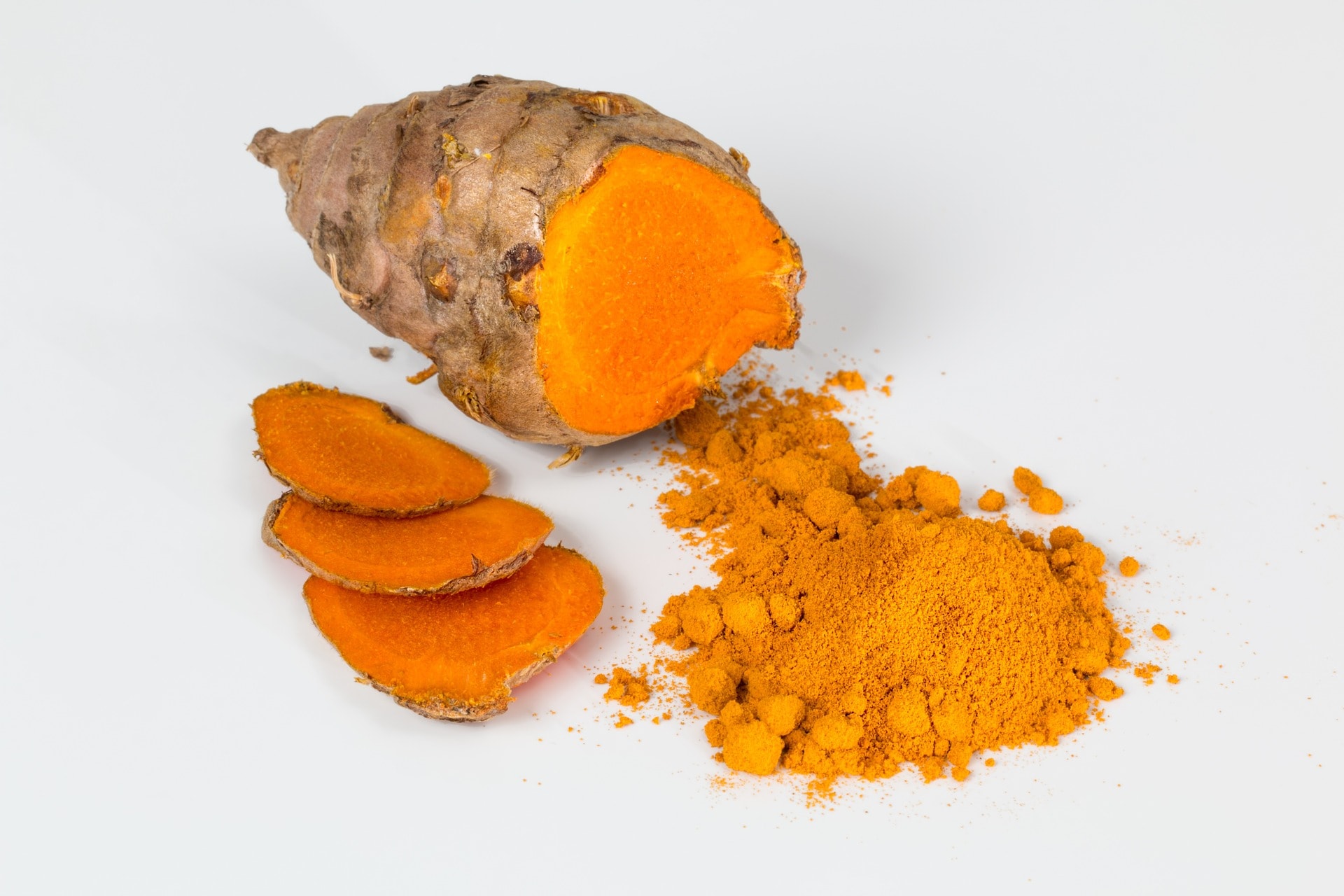
Making Herbal Salves to Reduce Pain and Inflammation
Among the finest ways to take advantage of herbs’ skin-care advantages is to use herbal salves.
Calendula Salve:
Calendula plants develop cheerful blooms that are used in various treatments to promote wound healing and tissue growth in addition to adding color to your flower garden. The blossoms can aid with oral irritation and reduce plaque when incorporated into mouthwash or tea. As a herbal salve, this might assist with the following:
- A skin rash
- Peeling lips, or cheilitis, can be exfoliated.
- By lowering your chances of infection, inflammation, and odor, you can prevent diabetic foot ulcers.
- While it may lessen discomfort and inflammation, it may aid in the healing of pressure ulcers.
- Breast cancer radiation therapy-related skin inflammation
- lowers inflammation and accelerates healing to treat leg ulcers brought on by inadequate circulation
- concerns with wound healing as well as minimizing bruising, bleeding, and even leakage in the afflicted region.
Calendula has anti-inflammatory, antibacterial, wound-healing, and muscle-relaxing qualities, according to research.
Calendula Salve Recipe:
First collect and dry your calendula flower heads before creating the salve. The optimal time to do this is right after flowering but prior to when seeds are produced by the blooms. After being cut, dry the flower heads until they are totally dry in some kind of dry area with sufficient ventilation.
When the flowers are dried, infuse them for approximately a week in your preferred oil. A golden hue is great for your infusion.
Olive oil or coconut oil are suitable oils for the infusion.
Ingredients:
1 cup calendula infused oil
1 ounce beeswax
Method:
Combine the two components, then put them in a tin or glass container for storage.
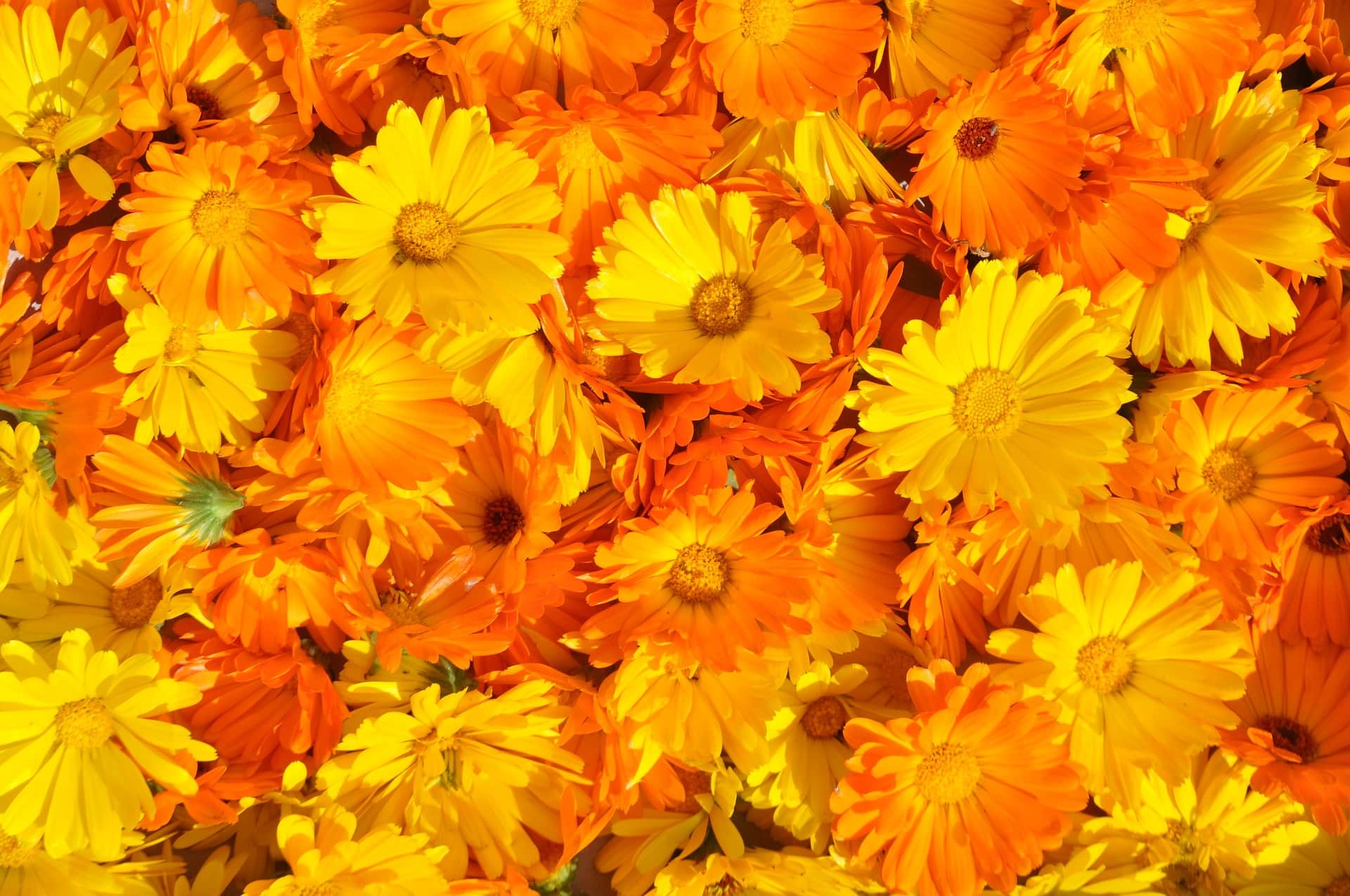
Chickweed Salve:
Although widely regarded as a weed, chickweed is frequently planted as green manure and utilized as animal feed. And the leaves, whether they are used to make a tincture, a tea, or a topical treatment, may have a number of advantages. They consist of the following:
- gastrointestinal issues, such as constipation
- Asthma
- Scurvy, a disease brought on by a lack of vitamin C
- different skin conditions like itching and psoriasis
- muscle ache
Topical treatment is frequently used for small wounds, burns, insect rashes, and bites in addition to the skin diseases stated. It additionally has a dry and healing impact on the skin. When incorporated into a salad, chickweed additionally enriches your diet with several advantageous trace elements and vitamins.
Chickweed Salve Recipe:
You must first pick the leaves of chickweed and let them wilt throughout the night before you can prepare chickweed salve. Normally, you would either do this in the late winter or the spring. The amount you harvest should be equal to the amount of oil you want to utilize.
The content of moisture in the collected chickweed is reduced by allowing it to wilt all night. You take the danger of having the infusion spoil if you don’t do this.
You must cut up the chickweed and then cover it with your preferred oil, such as olive oil or coconut, for the process of infusion. After that, heat the chosen oil slowly for a couple of hours. Dark green should be the color of your infusion. Filter the infusion.
Ingredients:
1 Cup Infused Chickweed Oil
1 Ounce Beeswax
Method:
Combine your components, then put them in a metal container or glass jar to keep.
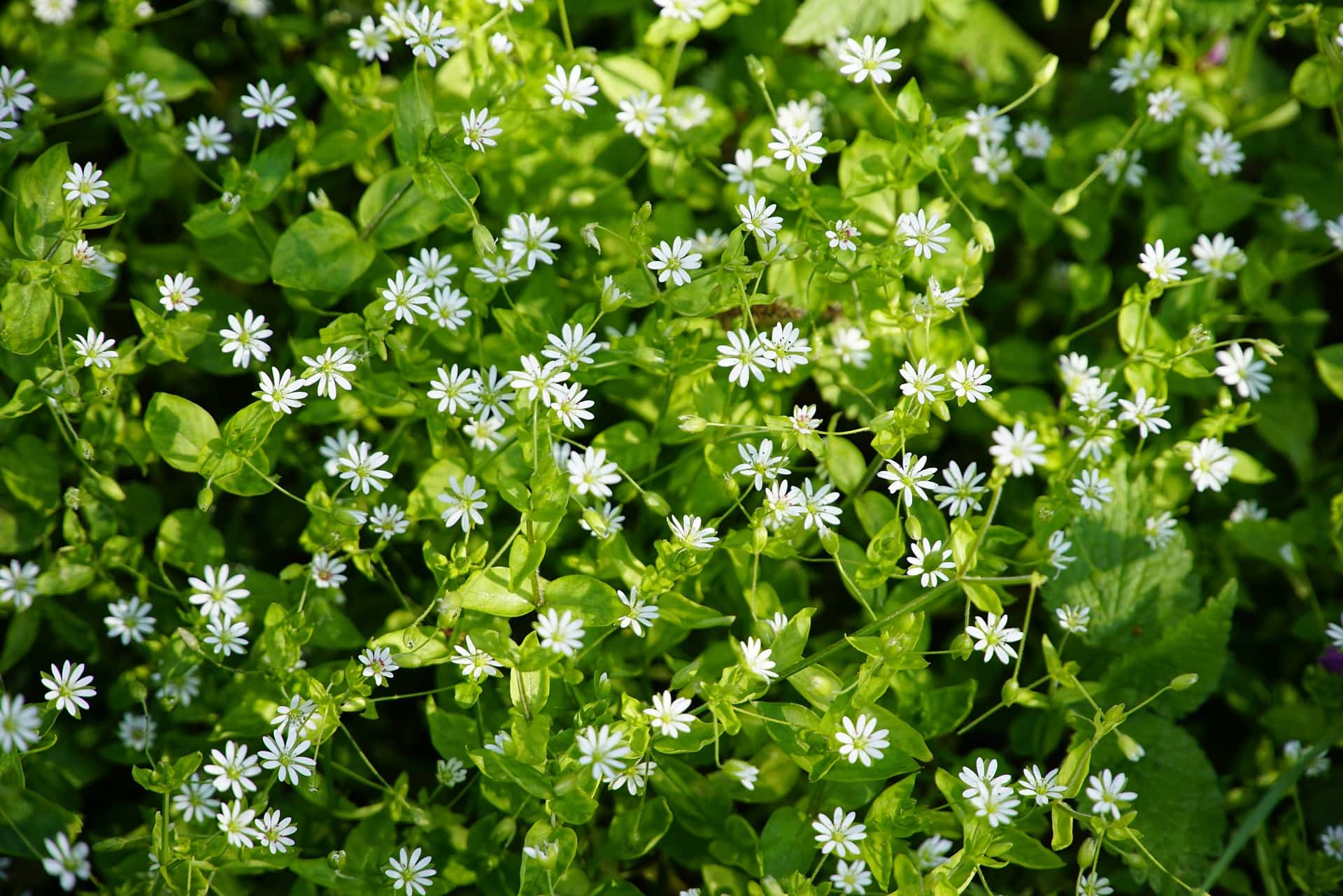
Remember When Making Herbal Salves:
You can see that you use one cup of infused herbal oil to one ounce of beeswax. This holds true for most herbs. Your finished product’s uniformity is influenced by the climate—how hot, how cold, how humid or how arid. You might still add a bit more beeswax to the mixture if your finished product becomes too watery. Your final product should be thicker than cream rather than liquid-like in consistency.
You may use any type of carrier oil of your choosing, even though most slaves utilize olive oil or coconut oil. One more excellent choice is grapeseed oil.
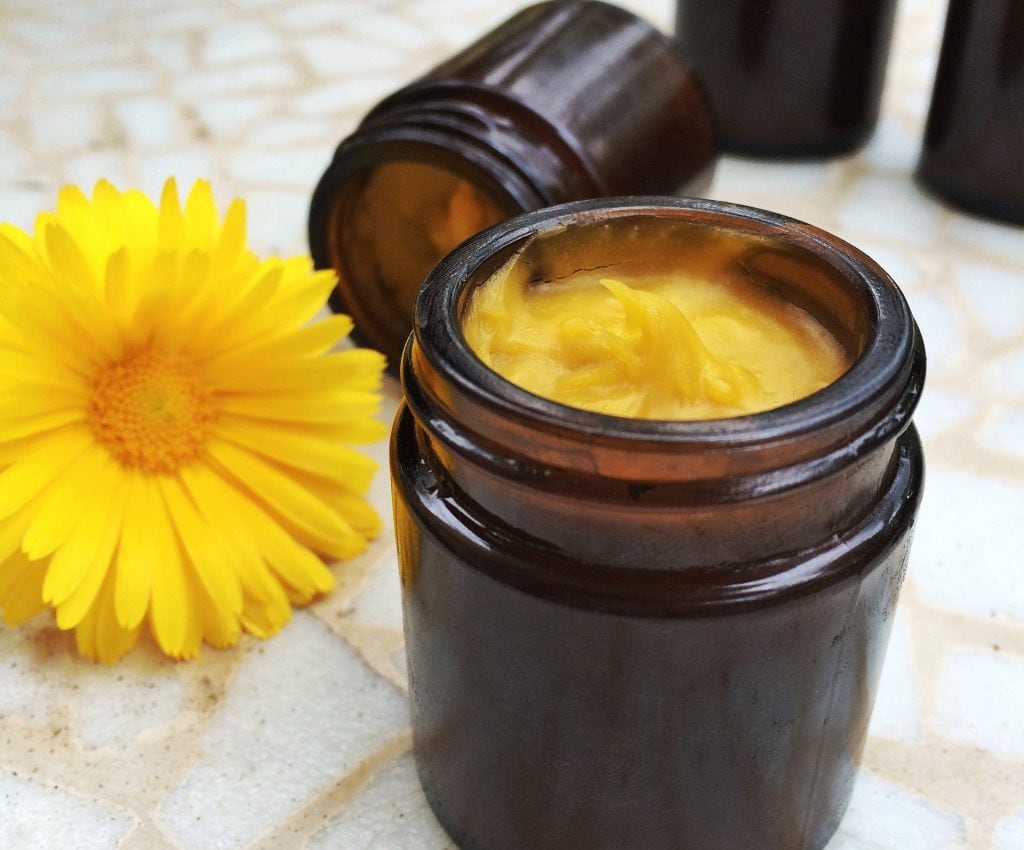
Herbal Salves And Inflammation
RD Adrenal exhaustion and inflammation are both components of many health problems. The body’s NeuroEndoMetabolic (NEM) response to stress activates as fast as a stressor is present, causing inflammation, which is the immune system’s reaction to any kind of stress.
Many individuals believe that stress may lead to mental health issues like depression and anxiety. Yet the reality is that both internal and external variables may contribute to stress. Stress refers to anything that makes the body’s NEM react and includes many cellular-level responses all across your body.
But, given that we are discussing herbal salves, we will focus on how stress affects the skin, joints, and muscles as well as the following inflammation.
Your body employs inflammation as a defense mechanism against any injury that it may get. Swelling, heat, redness, and discomfort in the afflicted regions are typical signs of inflammation. The blood capillaries widen and their walls become much more permeable during this phase, enabling white blood cells to penetrate the walls of the blood vessels and reach the harmed, infected regions.
The fluid accumulation in the region that exerts a force on the nerves there may be the cause of the swelling that comes along with inflammation. This could be painful. At the exact same time, the increased circulation of blood flow is what causes the heat to be felt under this location.
Although being seen as a normal reaction to inflammation, persistent inflammation can become a widespread problem and cause adrenal fatigue because it causes your body to consistently produce high levels of cortisol. Many symptoms that have a crippling impact on your life’s quality might be present as a result.
The herbal salves recommended may reduce inflammation and speed up recovery. By lowering your risk of creating chronic inflammation, they may hence assist in providing adrenal support.
Precautions
Some people are hypersensitive to particular plants. When applying herbal salves, they could share the very same sensitivity. Before utilizing these, kindly perform a patch test.
Furthermore, keep in mind that the usage of herbal salves may vary depending on the phase of your ailment and that people who have adrenal exhaustion should exercise caution when using them. Please discuss this with your healthcare provider.
Conclusion
Although herbs offer numerous therapeutic benefits, you should still use precaution while utilizing herbal salves, particularly if you are allergic to any of their constituents.
Below are some things you may do to assist with the problem if you have an inflammatory skin condition.
Try preparing one of the various herbal salves discussed in the article. If you want to purchase a herbal salve that has already been produced, be sure it is from a reliable vendor. Consult your healthcare provider to determine which herbal salve might be best for you if you have any sensitivities.
You have a natural choice with herbal salves for treating inflammatory conditions, but before utilizing them, ensure that you don’t have a reaction to their various components.
Where can you find herb plants for sale?
If you don’t already have herbs planted in your garden, now is the time. Your favorite farm market or garden center will have an abundance of herb plants, especially in the springtime. Highland Orchards has hundreds of herb plants every spring for customers to choose. If you are not certain where to find herbs, ask Google for “herb plants near me.”
Since you are using the herbs to create a salve for your skin, you want plants that have not been sprayed at all. You do not necessarily need certified organic herb plants, but you do want un-sprayed plants. There are many herbs that you can start from seed if you have a dedicated space. Herb seeds germinate reliably and grow steadily once they are up.
Where can you find beeswax?
Olive oil and coconut oil are pretty straightforward to find, but beeswax is a bit more challenging. Ask Google for your state or county beekeeper association, such as the Delaware Beekeeper’s Association or the Lehigh Valley Beekeepers. If you ask Google for “beeswax near me,” several sources will show up, including ones that can ship to you. Make sure the beeswax can be used for skin or lip balm.
About Highland Orchards: Completely surrounded by suburbia, our small farm has been growing beyond expectations since 1832 in this location.
Growing a wide variety of fruits, vegetables, and flowers, Highland Orchards provides true “farm fresh” for the community all year. If you want to shake the hand of the farmer who grows for you, here is the farm! With plants in the ground or under cover in tunnels, we grow for every season. A family farm, we have three different generations involved in running the farm right now.
Come see us to eat fresh, eat local, and eat well!

